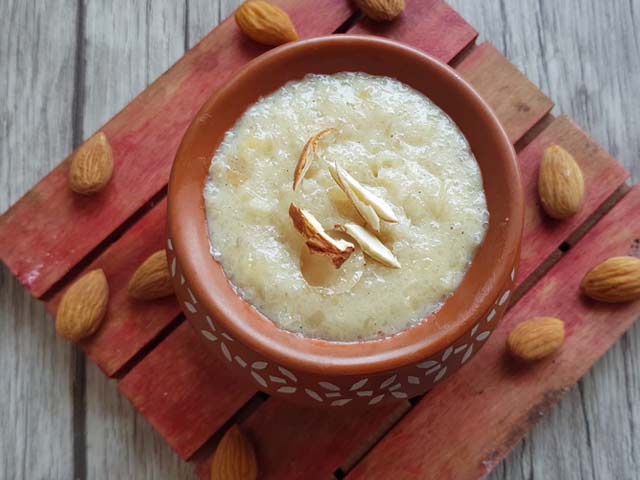Here are nine wonder berries of India and we'll help you know them a little better:
1. Mulberry (Shahtoot)
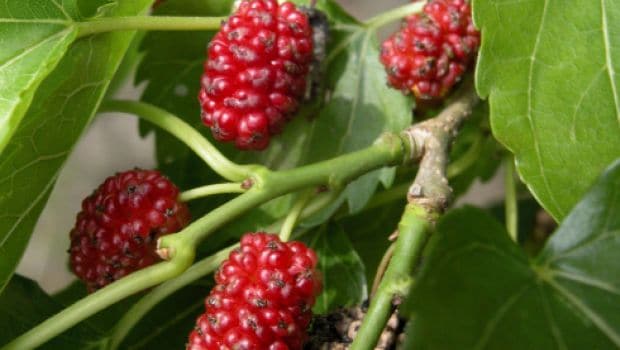 Mulberries are known as blood cleansers as they improve the blood circulation
Mulberries are known as blood cleansers as they improve the blood circulationSucculent, refreshing, tart and sweet mulberries or shahtoot are seasonal beauties. Mulberries are the fruits from the Morus Alba trees that grow in warmer regions. The primary grower of the berry is Karnataka. According to the book Healing Foods by DK Publishing, "Mulberries are an ancient fruit with a long tradition of use as a medicine, including as a tonic for the whole body. They protect against eye damage and act as a sedative." Mulberry is a powerhouse of nutrients and is a great source of protein, iron, calcium, niacin, fiber, and vitamin A, C, E and K. Mulberries are known as blood cleansers as they improve the blood circulation in your body.
2. Grape (Angoor)
 Grapes are high in fiber, B1, B2, B6, vitamin K and PotassiumDid you know that grapes are also berries? India has diverse grape growing regions, Maharashtra being on the top. There are over 20 varieties of grapes that are grown in our country with the Thompson seedless being the most popular of them all. Grapes are high in fiber, B1, B2, B6, vitamin K and Potassium. Grapes can cure constipation as they contain sugar, organic acid and polyose that together provide laxative properties.
Grapes are high in fiber, B1, B2, B6, vitamin K and PotassiumDid you know that grapes are also berries? India has diverse grape growing regions, Maharashtra being on the top. There are over 20 varieties of grapes that are grown in our country with the Thompson seedless being the most popular of them all. Grapes are high in fiber, B1, B2, B6, vitamin K and Potassium. Grapes can cure constipation as they contain sugar, organic acid and polyose that together provide laxative properties.3. Gooseberry (Amla)
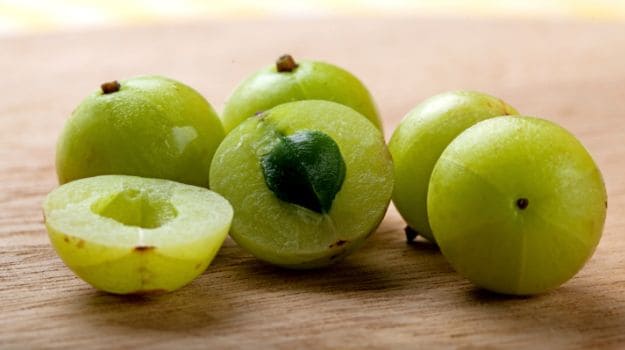 Amla helps fight common cold and infections due to the presence of vitamin CGooseberry or amla is a berry with a sour taste. India's subtropical region is home to amla. It is an excellent source of vitamin C and antioxidants. This translucent green berry is known for its various health benefits. It helps fight common cold and infections due the presence of vitamin C while various antibacterial and astringent properties help stimulate the immune system of the body. Amla is high in fiber that adds bulk to the stool and helps food move forward and thus, keeping your bowel movements smooth and regulated and your stomach clean.
Amla helps fight common cold and infections due to the presence of vitamin CGooseberry or amla is a berry with a sour taste. India's subtropical region is home to amla. It is an excellent source of vitamin C and antioxidants. This translucent green berry is known for its various health benefits. It helps fight common cold and infections due the presence of vitamin C while various antibacterial and astringent properties help stimulate the immune system of the body. Amla is high in fiber that adds bulk to the stool and helps food move forward and thus, keeping your bowel movements smooth and regulated and your stomach clean. (Also Read: Amla For Skin: How To Use The Ayurvedic Superfood For a Beautiful and Glowing Skin)
4. Cape gooseberry (Rasbhari)
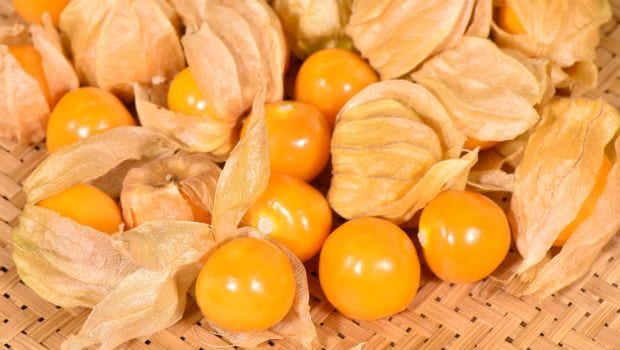 Cape berries have high amounts of vitamin A
Cape berries have high amounts of vitamin A 5. Strawberry
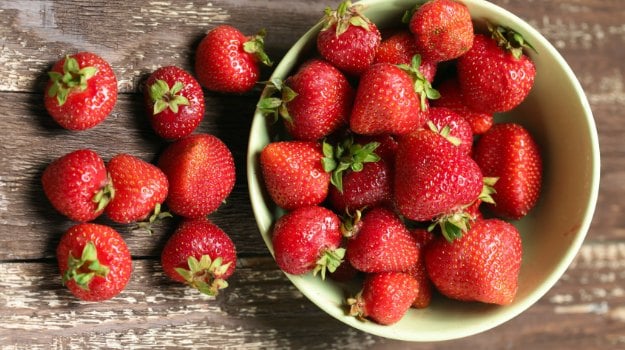 The presence of vitamin C in strawberries helps in boosting your immunity
The presence of vitamin C in strawberries helps in boosting your immunity6. Kanta Berry (Kanntam)
This rare berry which is also known as kanntam originates from the Konkan region. Kanta berry is a tiny purple colored fruit and has a white sticky substance on the skin. "It is also found in yellow color and are generally eaten raw as a fruit and not cooked. It has a pungent taste, a lot similar to amla," shares Health Expert Shilpa Arora.
7. Zara Berry
Zara berry is primarily grown in Goa and is sold in the local markets. It is a blackish-purple fruit with green seeds inside. The fruit is sweet tasting. The inner green seeds are known to be eaten as a delicacy in Goa. According to Nutritionist Shilpa Arora, the health benefits of zara berries may be similar to that of jamuns because of the dark purple color that they have and the presence of antioxidants. The flavonoids help control diabetes, blood pressure and keep your cholesterol levels in check.


